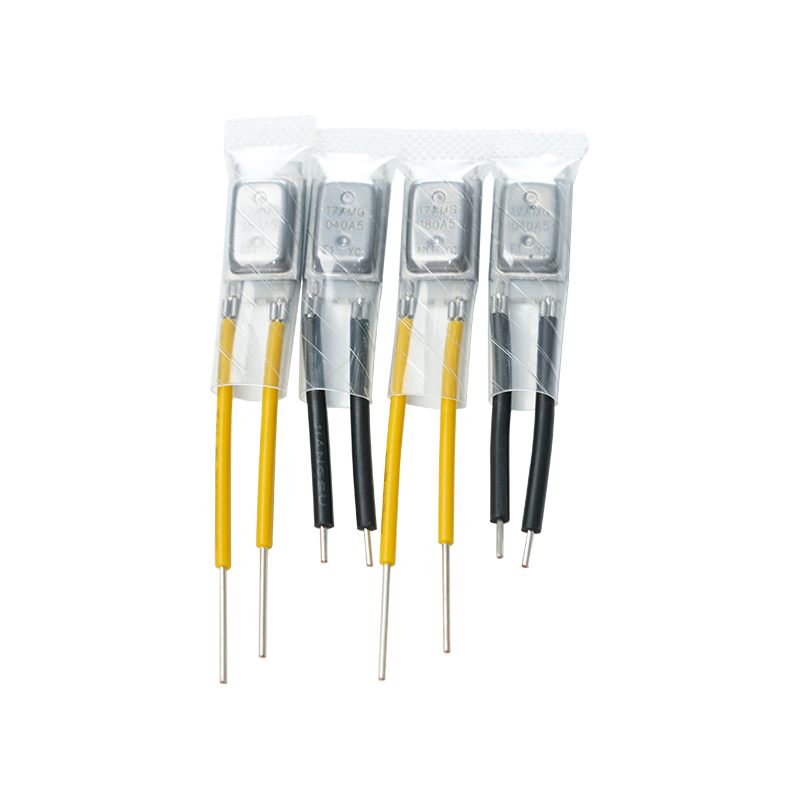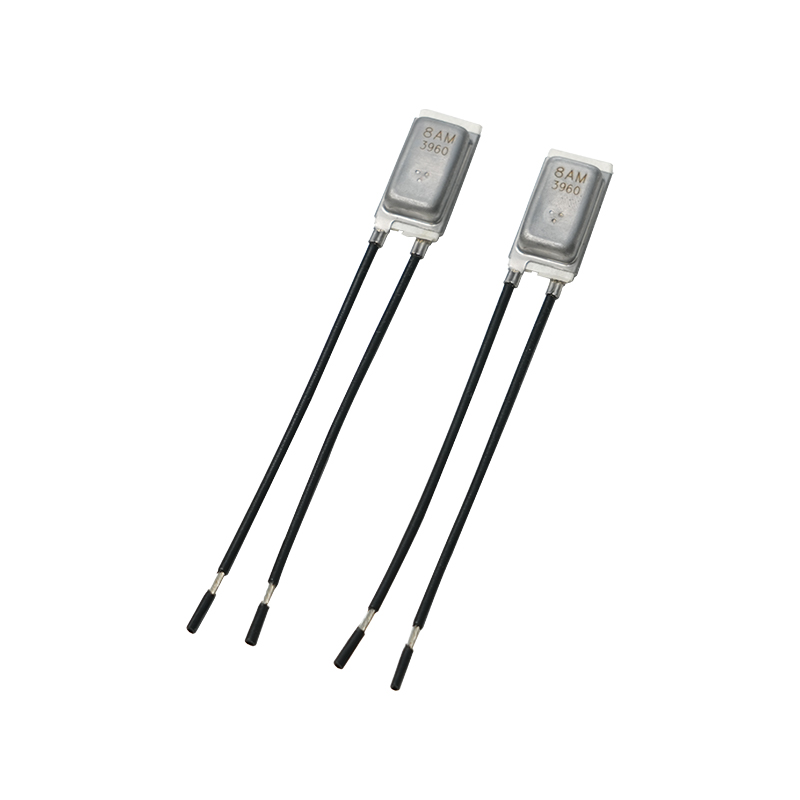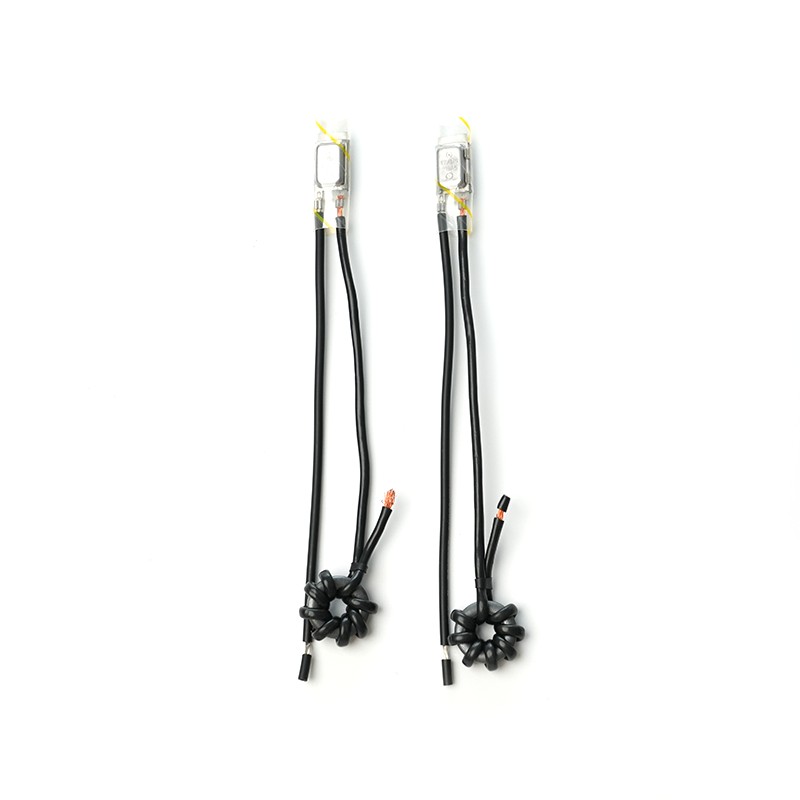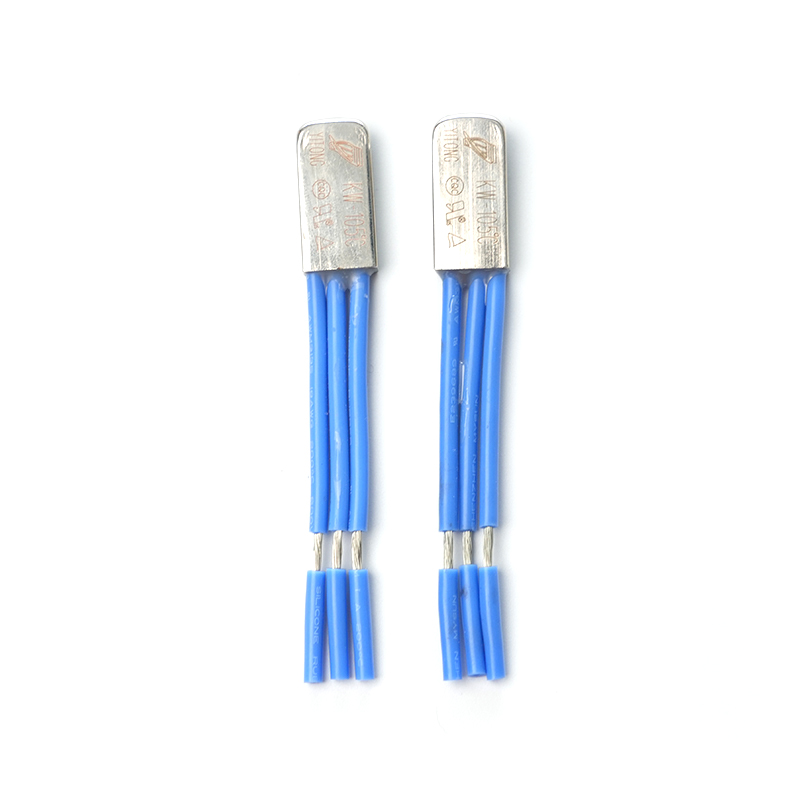Can a Bimetal Thermostat Switch Be Used for Overheat Protection?

Overheating is a common issue in electrical and mechanical systems, leading to potential hazards such as equipment failure, fire risks, and safety concerns. To mitigate these risks, various thermal protection devices are employed, one of which is the bimetal thermostat switch.
What is a Bimetal Thermostat Switch?
A bimetal thermostat switch is a temperature-sensitive device that operates based on the thermal expansion properties of two dissimilar metals bonded together. These metals have different coefficients of thermal expansion, causing the strip to bend when exposed to temperature changes. This bending action either opens or closes an electrical circuit, thereby controlling temperature.
Working Principle
Bimetal Strip Composition: The switch consists of two metal strips (e.g., steel and copper) laminated together.
Thermal Response: When heated, one metal expands more than the other, causing the strip to bend.
Electrical Contact: The bending motion either connects or disconnects the circuit, turning the device on or off based on temperature thresholds.
Reset Mechanism: Some switches automatically reset when the temperature drops, while others require manual resetting.
Can a Bimetal Thermostat Switch Be Used for Overheat Protection?
Yes, a bimetal thermostat switch can be effectively used for overheat protection in various applications. However, its suitability depends on factors such as response time, accuracy, and environmental conditions.
Advantages for Overheat Protection
Reliable and Simple Design: No complex electronics are required, making it durable and cost-effective.
Wide Temperature Range: Can be designed to operate at different temperature thresholds.
Self-Resetting Capability: Some models automatically reset once the temperature normalizes, reducing maintenance.
Electrical Isolation: Provides complete circuit disconnection, ensuring safety.
Limitations
Response Time: Slower than electronic sensors, which may not be ideal for extremely rapid overheating scenarios.
Accuracy and Calibration: May have slight variations in trip temperature, requiring precise calibration.
Mechanical Wear: Repeated cycling can lead to metal fatigue over time.
Limited Programmability: Unlike digital thermostats, bimetal switches cannot be easily reprogrammed for different thresholds.

Applications of Bimetal Thermostat Switches in Overheat Protection
Despite their limitations, bimetal thermostat switches are widely used in:
1. Household Appliances
Electric Irons: Prevents overheating by cutting off power when a set temperature is exceeded.
Coffee Makers: Ensures the heating element does not overheat.
Water Heaters: Protects against excessive temperatures.
2. Industrial Equipment
Motors and Pumps: Prevents damage due to overheating by interrupting power.
Transformers: Used as a safety cut-off in case of abnormal temperature rise.
3. Automotive Systems
Engine Cooling Systems: Helps regulate radiator fan operation.
Battery Protection: Prevents overheating in electric vehicle battery packs.
4. HVAC Systems
Furnaces and Boilers: Ensures safe operating temperatures.
Air Conditioning Units: Protects compressors from overheating.
Comparison with Other Overheat Protection Devices
To assess the effectiveness of bimetal thermostat switches, it helps to compare them with alternative solutions:
| Feature | Bimetal Thermostat | Thermal Fuse | Electronic Thermostat |
|---|---|---|---|
| Reset Capability | Self-resetting (some) | One-time use | Programmable reset |
| Response Time | Moderate | Fast | Very fast |
| Accuracy | Moderate | High | Very high |
| Cost | Low | Low | High |
| Lifespan | Long (mechanical wear) | Single-use | Long (solid-state) |
While thermal fuses provide irreversible protection and electronic thermostats offer precision, bimetal switches strike a balance between cost, reliability, and functionality.
Best Practices for Using Bimetal Thermostat Switches in Overheat Protection
To maximize effectiveness:
Select the Right Temperature Rating: Ensure the switch’s trip point matches the application’s safe operating limit.
Consider Hysteresis: Account for the difference between activation and reset temperatures.
Proper Placement: Install the switch where temperature fluctuations are most accurately detected.
Regular Testing: Periodically verify functionality to prevent failure due to aging.
Bimetal thermostat switches are a reliable, cost-effective, and widely used solution for overheat protection in many electrical and mechanical systems. While they may not be as fast or precise as electronic alternatives, their simplicity, durability, and self-resetting capabilities make them suitable for numerous applications. By understanding their limitations and selecting the right model for specific needs, engineers and designers can effectively integrate bimetal thermostat switches into safety mechanisms to prevent overheating hazards.
For critical applications requiring rapid response or high precision, supplementary protection methods (such as thermal fuses or digital sensors) may be necessary. However, in most standard scenarios, a well-designed bimetal thermostat switch provides an excellent balance of performance and reliability for overheat protection.
 English
English







